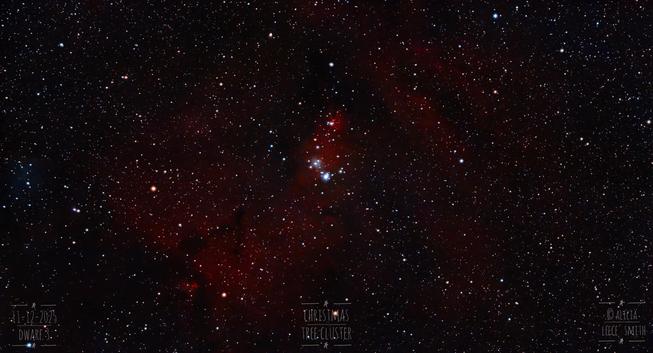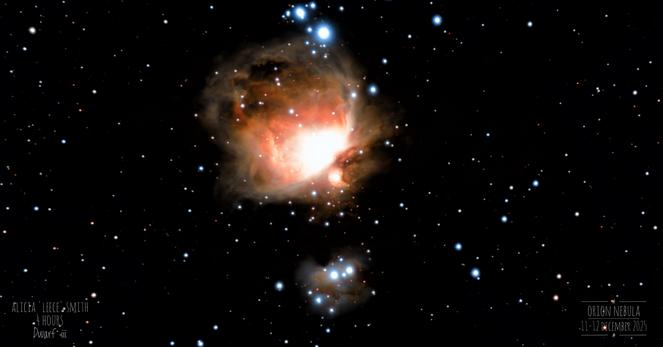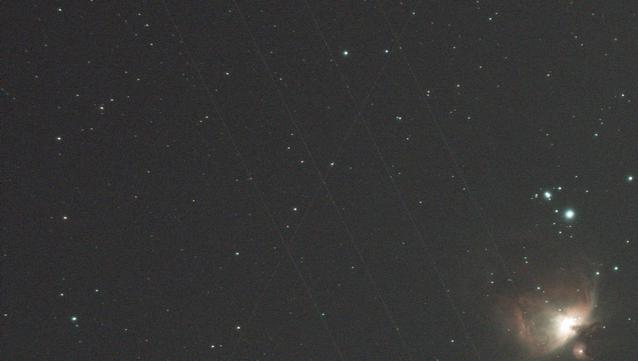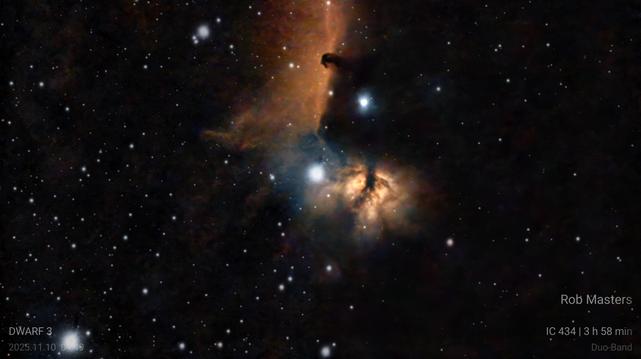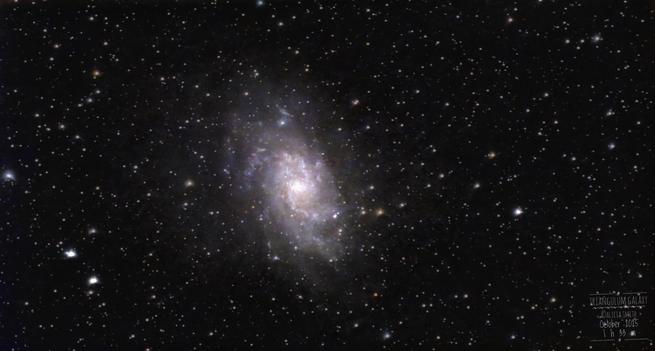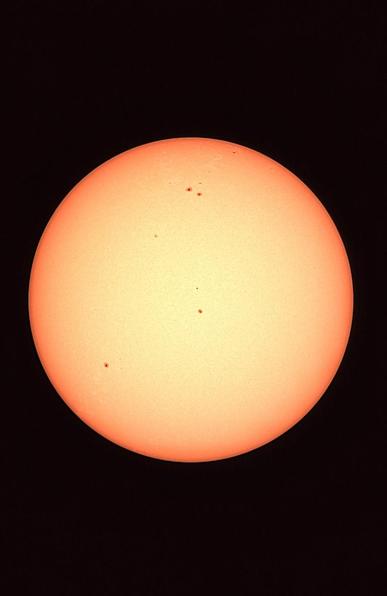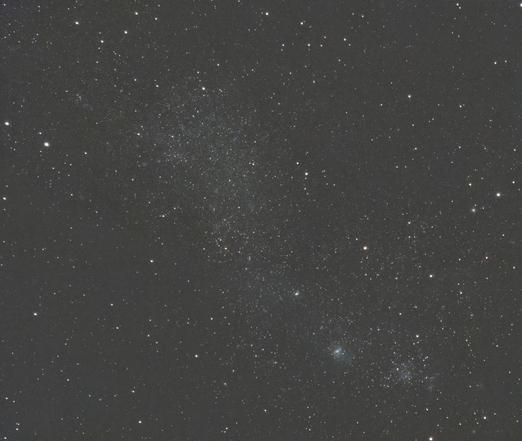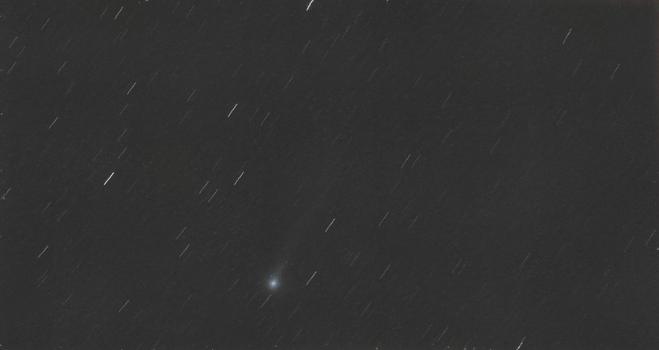Before we had the sudden storm with lightning and rain, together with temperatures around 40C, it had been a pretty clear week. Towards the end it started to get a bit windy, but we were able to get some nice images going.
I experimented with some mosaics - some worked, some didn't. If you click on the images, they'll embiggen.
A mosaic which worked quite well - popularly known as Orion's Belt, however local Ballardong Nyoongar people may call this part of Nyingarn, the Echidna's head. Orion's sword is Nyingarn's snout, and Orion's bow forms the curve of Nyingarn's round body.
Then the seasonally appropriate Christmas Tree Cluster, a bit of a look at the sky around it and the Cone Nebula.
And a four hour look at Orion's great Nebula.
Be safe everyone and know that our thoughts are with you all.
Tap to see biggerer.
#astrodon #backyardAstronomy #SouthernhemisphereAstronomy #DrivewayAstrophotography #Nyoongarlanguage #Balladong
#SmartTelescope #Dwarf3 #astronomy

